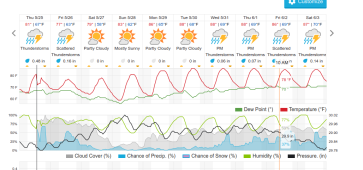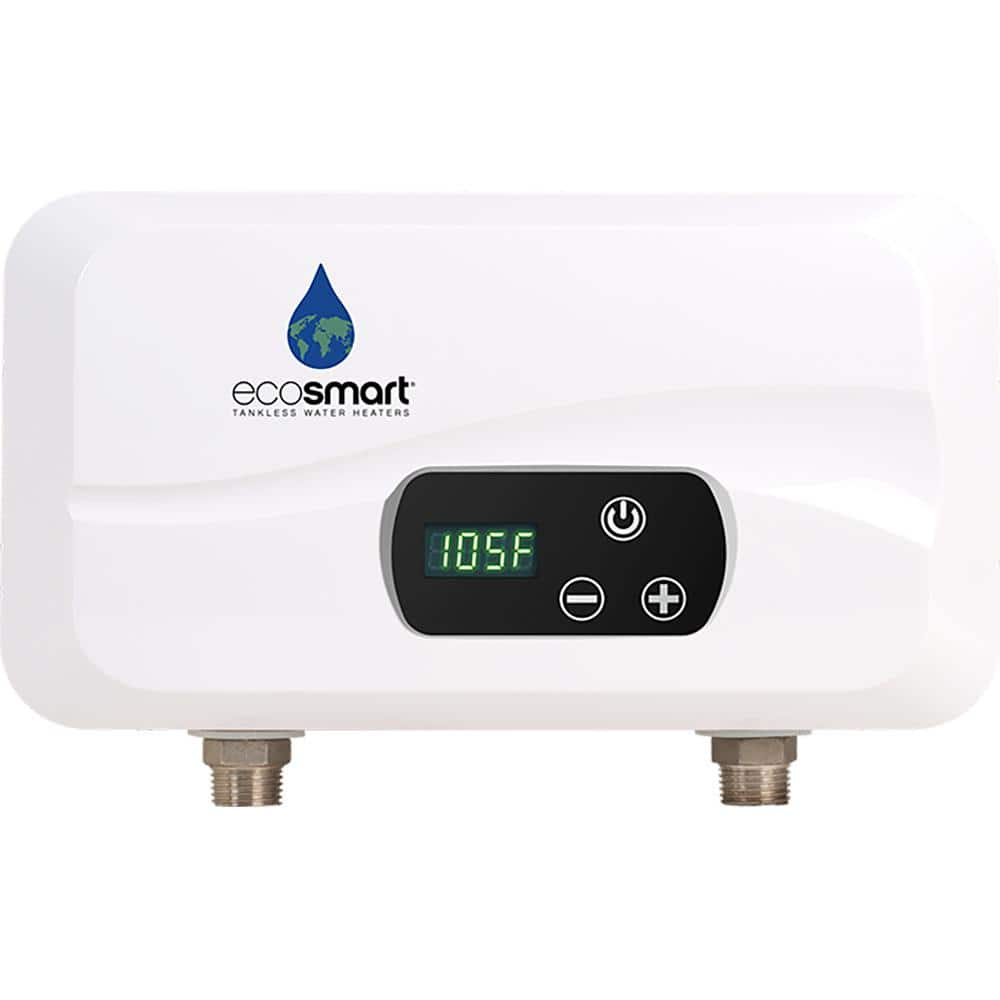EastTexCowboy
Solar Wizard
A large part of it is just the culture that has developed here, really since WWII. Bigger, better, faster, newer. I agree 100% with @MattB on the larger washer and dryer. There are only two of us and my wife loves her jumbo W&D. Washing large items like comforters is easy. But her thing is she only has to do a few loads a week. Efficiency wise it may actually same money and water.Same. I've lived in the States for a few years; I still don't understand why everything needs to be so much bigger. Even with my family of four, I've never thought "if only we had a larger washer/dryer". Or bigger house for that matter: what do you do with all that space? Never mind the energy requirements...
We're guilty of the large house sin but it was part of the package when we bought the place and everything else was perfect. That said, we were going to build before we found this place and I would have built something almost as big. Resale is definitely part of it. I think part of it is because we Americans need a lot of room just to store all our stuff! Ugh. We tossed a lot of "stuff" when we moved and we still have way too much. But if you really want to look at signs of excess, look at the gazillion self storage units in this country. Half the new construction around here seems to be more and more mini storage units. I've never been guilty of paying rent on a place just to store more junk. I get it when you're in the middle of a move or some other valid reason but I've known countless people who have one or more units they rent for years and years. Just to store their stuff. The rent often costs more than the stuff is worth. Is this an American phenomenon or do y'all see it elsewhere too?




